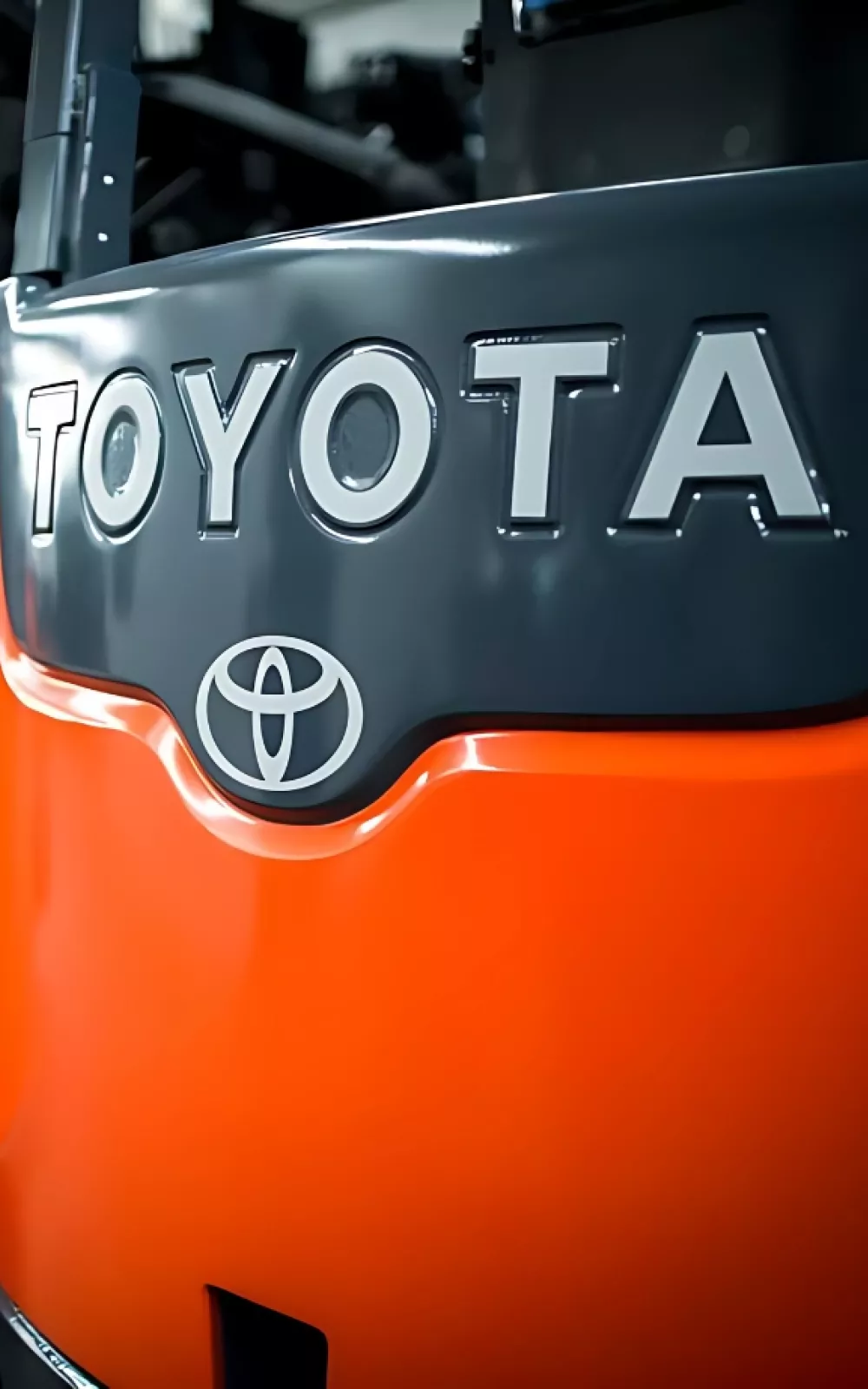Rent
ProLift offers daily, weekly, and monthly rentals. Find the right equipment for maximum productivity and safety.
Let us know how we can assist you! A ProLift specialist will connect with you to help with your material handling needs.
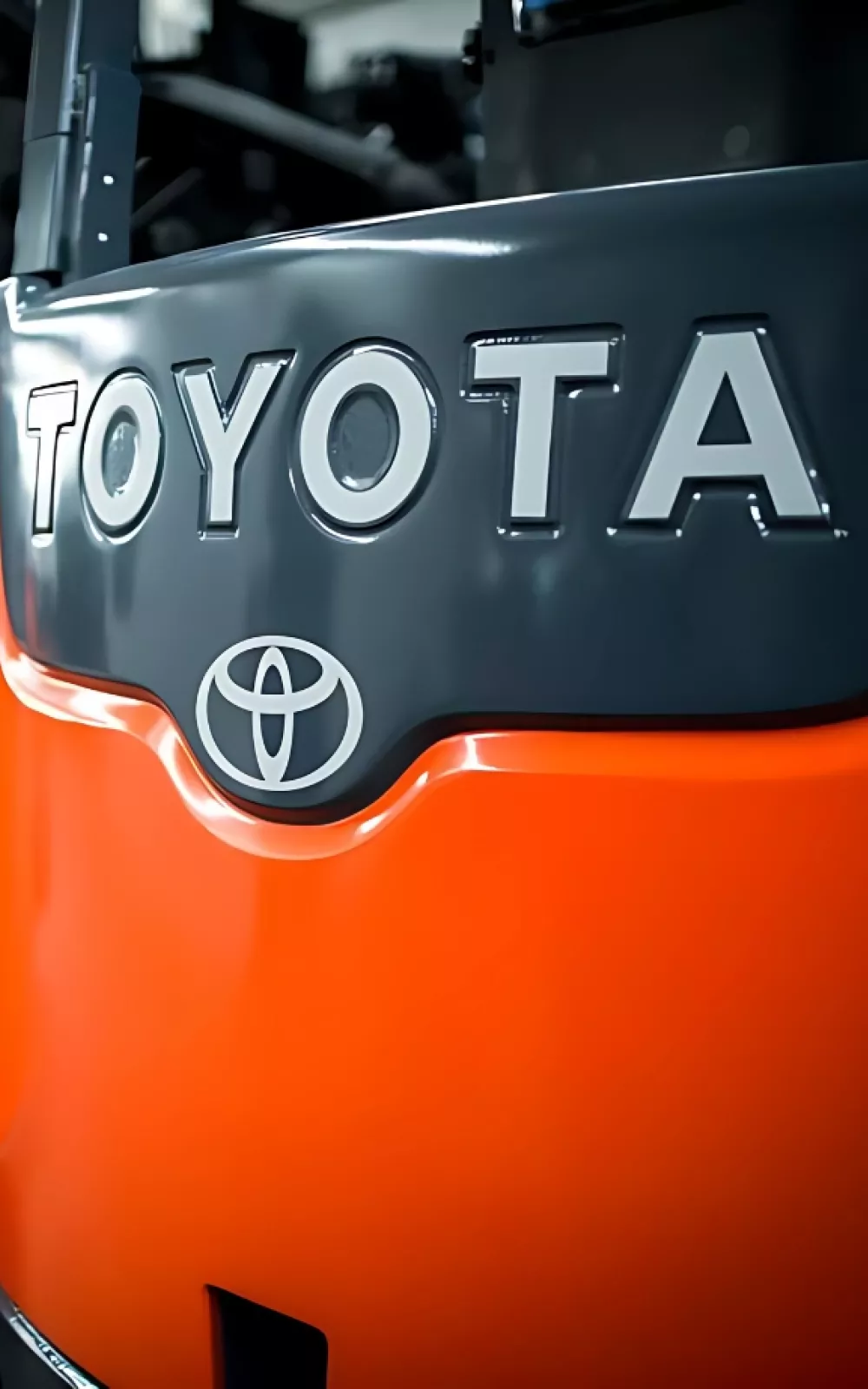
Understanding forklift load center is essential for safe and efficient material handling. Learn how the load center impacts your forklift’s capacity and stability, and ensure your operation stays productive and compliant.
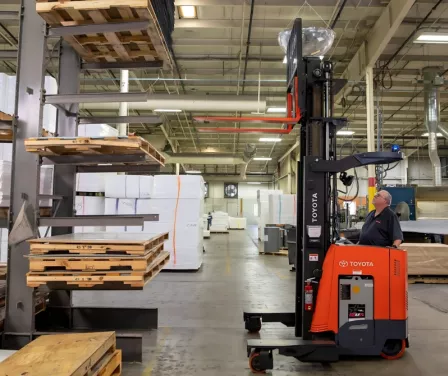
Understanding the forklift load center is vital to an operator keeping the forklift and load stable. Keep in mind that forklifts typically weigh almost twice of their rated lift capacity. To protect operators and product, load center ratings are required on the forklift data plate.
To grasp the concept of load center, imagine a seesaw on a playground with two children of different sizes. The larger child naturally has more control due to their weight; however, if the smaller child moves further back and leans away from the center, they gain leverage and begin to balance the seesaw. In a similar way, a counterbalance forklift operates as an industrial “seesaw” on wheels, where the forklift itself represents the larger child and the load represents the smaller child. Balancing these forces is essential for safe and efficient forklift operation.
Forklifts are rated with both a horizontal and vertical load center, and both will be listed as either 24, 36 or 48 inches as specified by the safety standard.
The horizontal load center is measured from the fork shank face toward the fork tip, while the vertical load center is measured from the blade face upward.
In the United States, the most common load center rating is 24 inches, as it accommodates standard pallets measuring up to 48 inches square. For example, if you have a typical 42 x 46-inch pallet with a load height of 46 inches and the forklift operator engages the load from the 42-inch side, this setup gives the forklift a 23-inch horizontal load center and a 23-inch vertical load center. Provided the load does not exceed the forklift’s rated capacity, this configuration remains within safe handling limits.
If your operators are handling loads that have load centers larger than indicated on your forklift data plate, contact your forklift dealer to obtain a data plate that accurately reflects the dimensions of the loads. For example:
The forklift data plate typically includes a line drawing that illustrates the load center, designating the lift height or maximum fork height and the load center measurement.
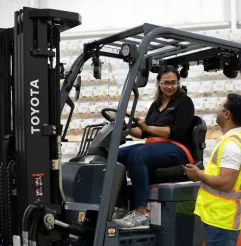
Continue promoting safety at your facility with our comprehensive safety training classes. ProLift offers training for both operators and trainers. Contact our safety specialist to schedule your team.
When training operators on a forklift load center and stability, they must understand:
Because every load is unique, each one must be evaluated individually by the operator; however, if loads outside of the standard are transported on a regular basis, a manufacturer can assist with providing an alternate load center rating for your application.
ProLift’s safety training courses review the concept of load center and a forklift’s stability triangle. Contact our safety specialist to schedule training or review available courses.
From equipment and maintenance to replacement parts and safety training, ProLift offers you 360 support. We can also assist you with pallet racking and additional warehouse solutions. Let us know how we can help!
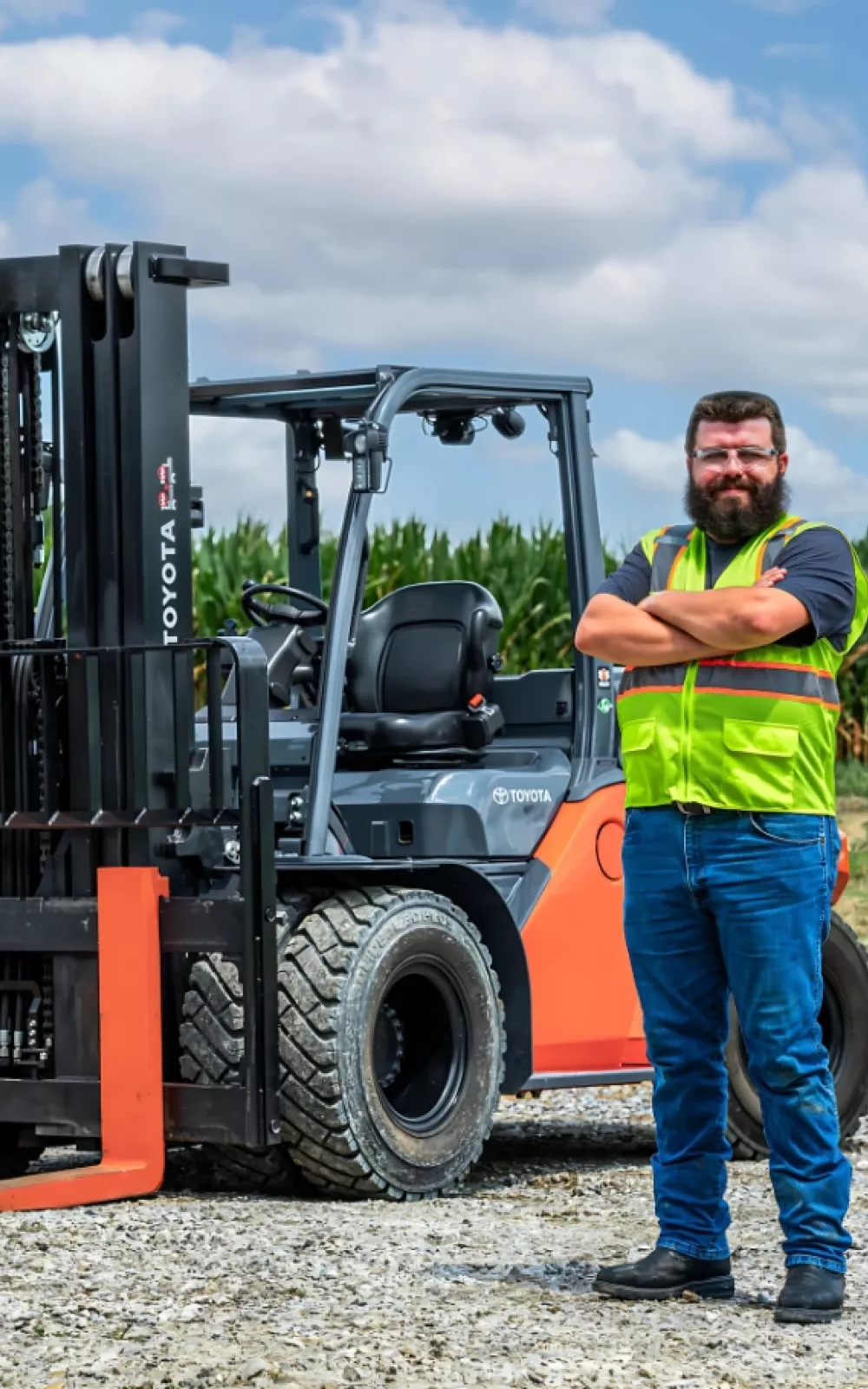
Let us know how we can assist you! A ProLift specialist will connect with you to help with your material handling needs.
